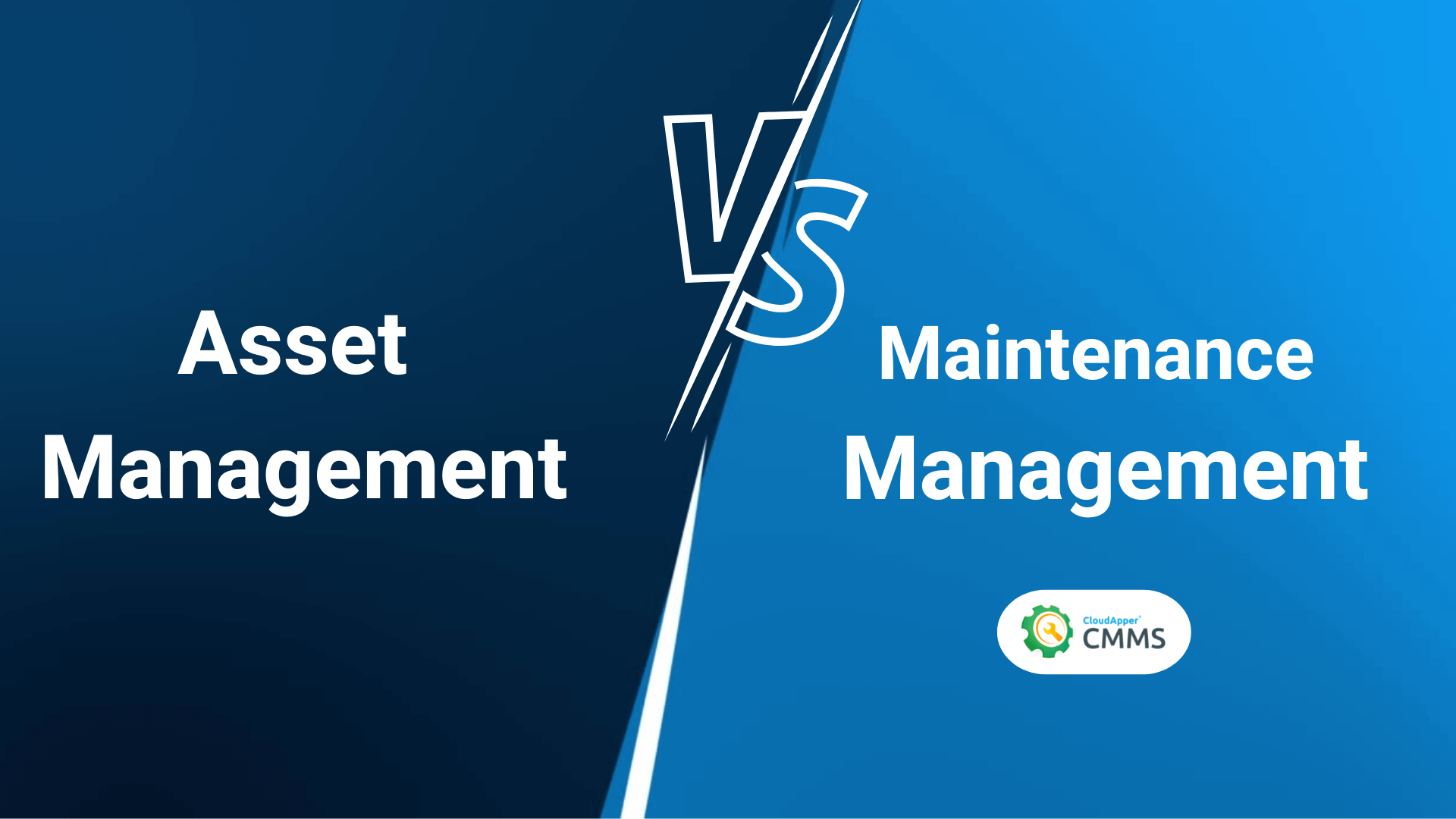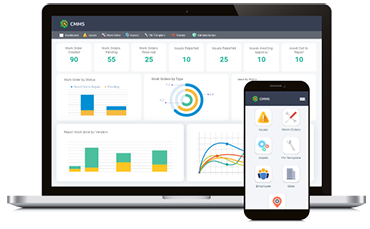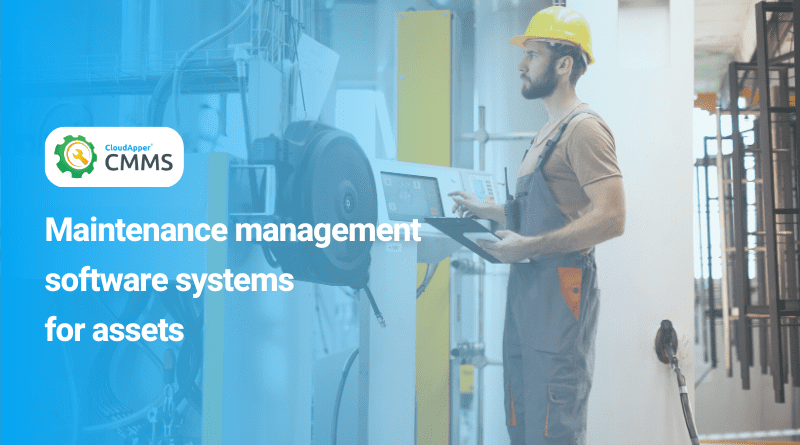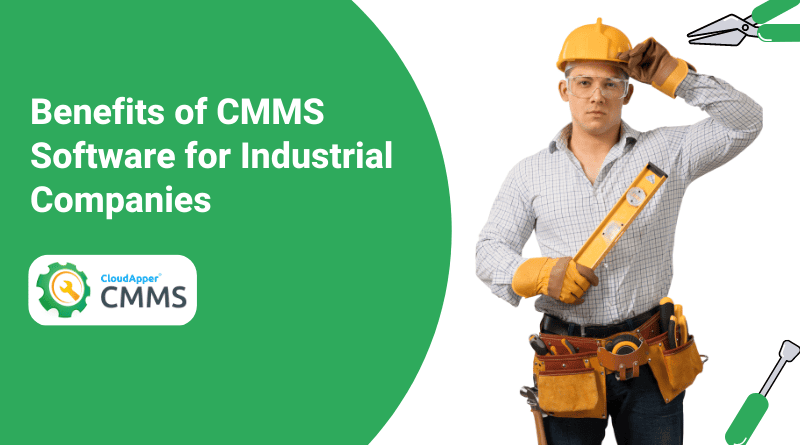Maintenance management and asset management are the two most talked-about topics when discussing industrial assets. Both terms have similarities, which explains why many people misunderstand them. In this article, we will put asset management and maintenance management under the microscope and try to identify the differences between them.
What is asset management?
The term “asset” is commonly used to refer to tangible items that add value to a company. It can be either a physical object, such as machinery, a building, or an idea, such as a right or title to a piece of land, like copyrights or market shares. Asset management aims to increase the value of an asset over the course of its useful life because businesses naturally want to get the best return on their investments.
Therefore, a company’s physical assets are managed through the process of bringing them online, keeping them running, improving their performance, or selling them off for a profit. The asset management standard, ISO 55001:2014, was recently published. However, without a system, compliance is nearly impossible.
Asset management, in its broadest sense, refers to the processes and procedures that are put in place to monitor the utilization of a company’s assets and maximize their value. In order to ensure that all asset processes contribute to the growth and success of businesses, asset management systems should be strategically aligned with the business plan. Advantages such as optimized operations decreased overhead, and increased return on investment (ROI) can accrue to a company’s bottom line when strategic asset management processes are put into place.
What is Maintenance Management?
From what we’ve covered so far, it’s clear that asset management and facility management rely heavily on maintenance management. Because of this, any corporation or government agency with a sizable infrastructure absolutely must have it. Managers have to perform maintenance on a tight budget with as little waste as possible to keep downtime and service interruptions from happening.
The goal of maintenance management is to determine whether each asset is better served by reactive, preventative, condition-based, or predictive maintenance. In that case, all plans of action need to adhere to the same timetable and cost constraints. Managing multiple providers and teams can be especially challenging in maintenance, which often resorts to outsourcing in order to meet all demands.
CloudApper CMMS Software is one example of AI-powered software that can help your company keep track of its resources, like labor, materials, and equipment, through maintenance management. You can make better decisions about how to enhance your maintenance management process now that you have access to this crucial data. You can avoid costly breakdowns and disruptions in service by using a computerized maintenance management system (CMMS) to keep your company’s machinery in tip-top shape at all times.
Asset Management vs. Maintenance Management: The Difference
Although maintenance management and asset management are nominally distinct, they are still intertwined and complement each other nicely. Maintenance management aids in the efficient physical performance of maintenance equipment and operations. In addition, asset management aids in the analysis of all data for the work required on the assets themselves.
Asset management aids in determining and allocating the work required for certain assets, not only for the asset’s return on investment but also to evaluate and effectively coordinate with work on other prospects. When it comes to assets, maintenance management software and asset management software differ. Enterprise Asset Management Software (EAM) takes a comprehensive approach to asset lifecycle management. This involves asset planning, procurement, operations, and disposal. A CMMS, on the other hand, is largely used to manage the maintenance of equipment and machinery.
Industries that rely substantially on the utilization and availability of their assets utilize asset management systems. The overarching purpose is to control and measure asset performance. Businesses can increase usability while decreasing costs by doing so. as well as improving maintenance operations and workflow quality and efficiency.


















